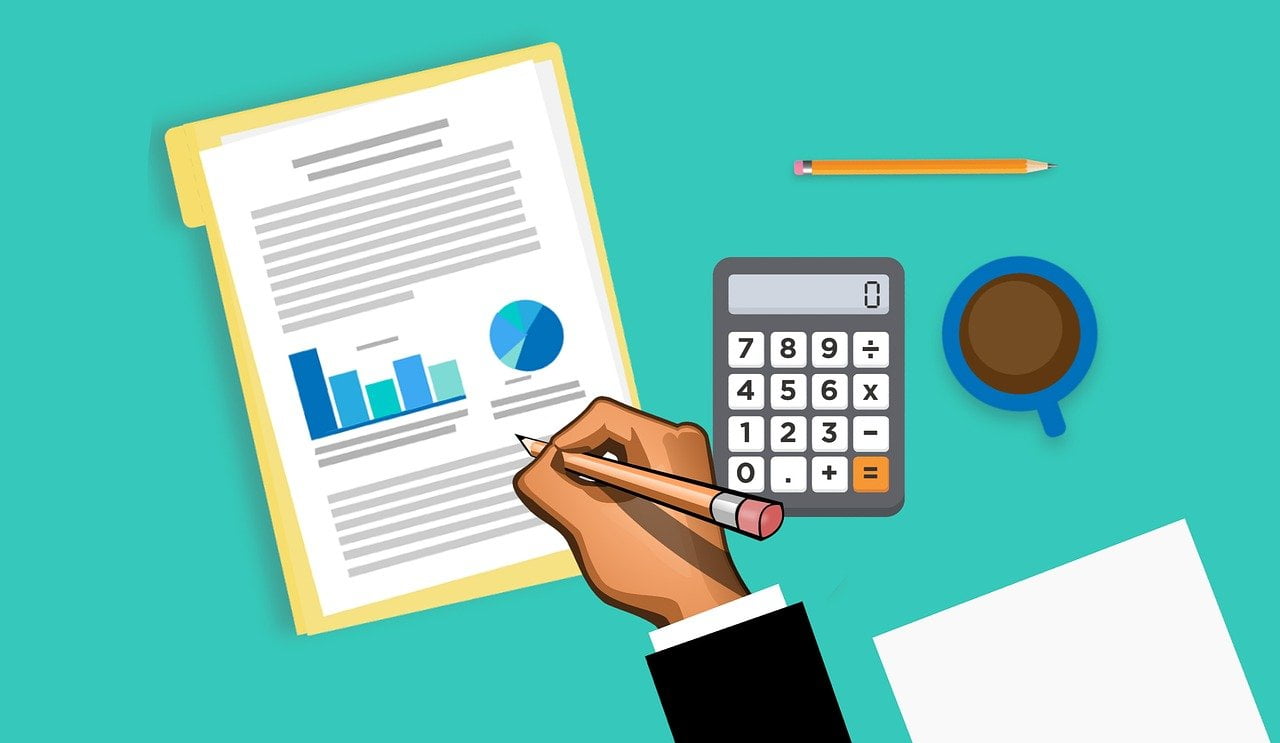The Federal Reserve has convened a working group to examine the impact of climate risks on systemic risk within the financial system. Using staff research and engagement from other central banks, it is assessing climate risks and the impact they can have on financial stability by using methods such as climate scenario analysis.
If a risk is enough of a concern to potentially be of systemic importance to the Fed, it goes without saying that it could easily be a significant risk to any particular firm, especially those with concentrated geographic exposures.
Q1 2022 hedge fund letters, conferences and more
Many conversations we have been having with institutions about incorporating increasing climate risks into their analytics have led to responses like, “We have an ESG group for that.” However, the perspective that climate is an ESG group issue is flawed. Institutional leaders need to educate themselves and their staff about the centrality of climate to risk management because climate risk is a central risk management issue, not merely something for your ESG group.
The Analytical Challenge
As specialists in the mortgage and auto loan analytics space, we had no particular expertise in climate. Therefore, we sought out experts in climate risk analysis to form alliances about 18 months ago, hoping to find synergy between our expertise and theirs. From working together thus far, we have learned that climate models are fairly granular now and can quantify changes in risk down to the property level.
For some risks, such as inland flood or sea-level rise, exposure can vary from one property to its neighbor based on small differences in altitude above sea level or construction features. Most of these models will provide property-level risk scores, which can be translated into the language of turnover, house price, default and severity that loan analytics practitioners are familiar with.
However, making a precise quantitative connection between climate risk scores and direct impacts on metrics that finance practitioners use to make risk and investment decisions is a work in progress.
We have built the blueprint and some of the foundation, but the walls, rooms and furnishings still need to go in. Even after the first iteration of this connected modeling approach is complete, multiple iterations over several years will need to occur as both the climate models and the amount of data we have connecting climate inputs to loan outputs goes up. A flexible initial approach that allows the models to complexify as we gain knowledge will be essential.
The Centrality Of Climate
“Climate” has to do with measuring how climate risk impacts each of the traditionally measured risk categories: market, interest rate/prepayment, credit and operational risk. Core sub-types of climate risk we have identified include coastal and inland flood risk, wildfire risk, cyclonic storm risk (wind, rain, hail), sea-level rise (including subsidence) and water and heat stress. Some of these risks are that of one-time events having higher frequency and severity than in the past; others could be characterized as becoming ongoing nuisances that reduce the utility or enjoyment of a particular area or increase the ongoing costs required to continue to utilize or enjoy that space.
Viewed through this lens, municipal debt, commercial debt and single- and multi-family mortgages are all potentially impacted asset classes. It is important for business leaders to direct their organizations to begin thinking about some of the following questions:
- How might individual and commercial insurance premiums (for flood insurance, catastrophe insurance, fire insurance, homeowner’s or commercial property insurance) be impacted as a function of different levels of risk exposure?
- For the highest-risk areas, would property tax rates also need to increase to raise investment in public infrastructure that mitigates the worst risks?
- How might this combination of increased costs impact the future appreciation of both commercial and residential properties?
- In addition to the observable impact on real estate pricing, might there be additional impacts on the movement of firms and individuals, both in response to priced risks and in perceptions of those risks ahead of any full repricing?
The Institutional Challenge
Over the next several years, additional regulatory bodies and institutional investors will seek additional disclosure about how you are measuring your exposures to various climate risks. Making intelligent investment decisions goes well beyond investor or regulatory risk disclosure, however.
Until your measure of risk-based capital and anticipated income from an investment both incorporate climate impacts, any cash flows modeled beyond the next few years must be viewed as suspect and in need of revision. The longer the duration of the investment, the more likely naïve projections not taking climate into account are to be off, particularly in locations where risks are changing the most.
About the Author
Eknath Belbase is the director of mortgage-backed securities strategy at Andrew Davidson & Co., Inc., the leading provider of risk analytics and consulting for the mortgage- and asset-backed securities industries. Prior to his current role, Eknath held positions at Freddie Mac, E-Trade, and Fannie Mae. He holds a bachelor’s from Ohio Wesleyan University in mathematics and computer science and a master’s and Ph.D. in mathematics and statistics from Cornell.













